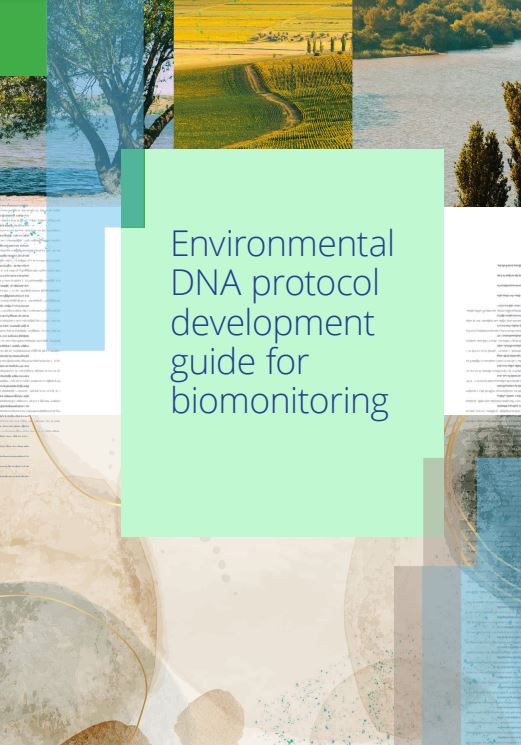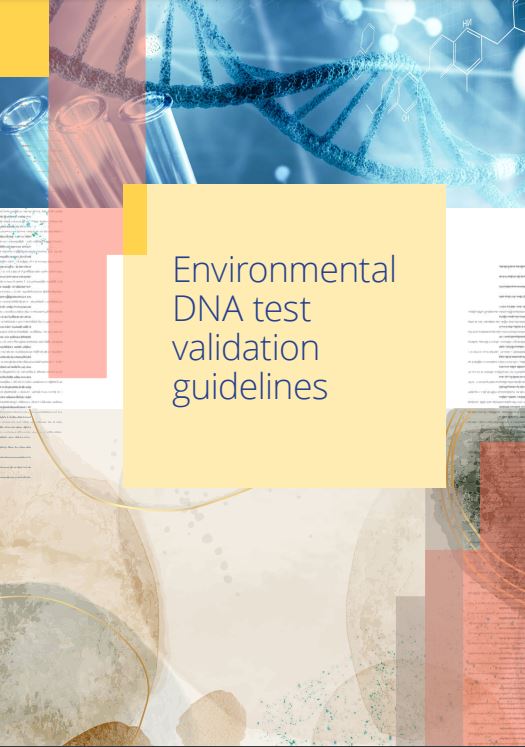The use of environmental DNA (eDNA) and RNA (eRNA) methods is a rapidly advancing field that helps researchers and managers to identify the presence of target species. These rapid, cost-effective and non-invasive methods can be used for various important applications.
One of the most important applications is to screen for pest species as part of biosecurity measures – for example, eDNA methods are being used as part of research and management of the varroa mite outbreak in NSW. eDNA methods can also be used to screen for threatened species as part of development requirements, or for biodiversity monitoring.
Two guides have now been developed to support a consistent and best-practice approach to eDNA/eRNA testing in Australia and New Zealand. The Environmental DNA protocol development guide for biomonitoring and the Environmental DNA test validation guidelines were developed by members of the Southern eDNA Society Standards and Best Practices Committee, in consultation with eDNA experts and end users from across Australia and New Zealand.
Biotext worked with the authors throughout the development process, bringing together input from multiple experts and providing writing, editing and design to ensure the guidelines and processes are as clear as possible.
Working with Biotext made our life so much easier, we could focus on content and leave all the hard work to Kylie. The guidelines project would not have been nearly as successful without your help.
Client for the eDNA project
Also, thanks for the endless supply of patience you seemed to have with our delays or frequent last minute changes!

